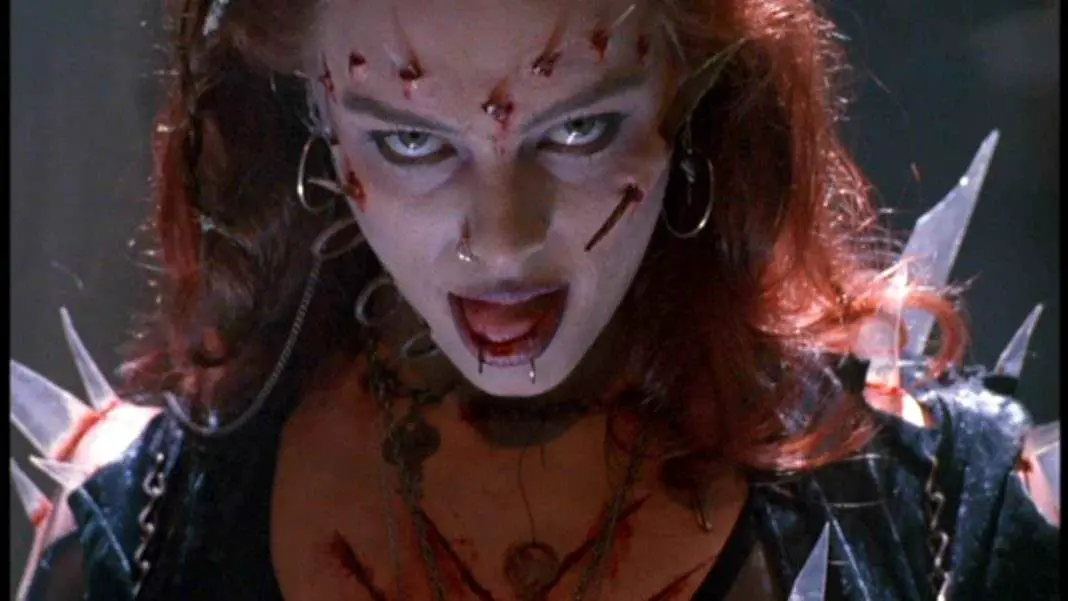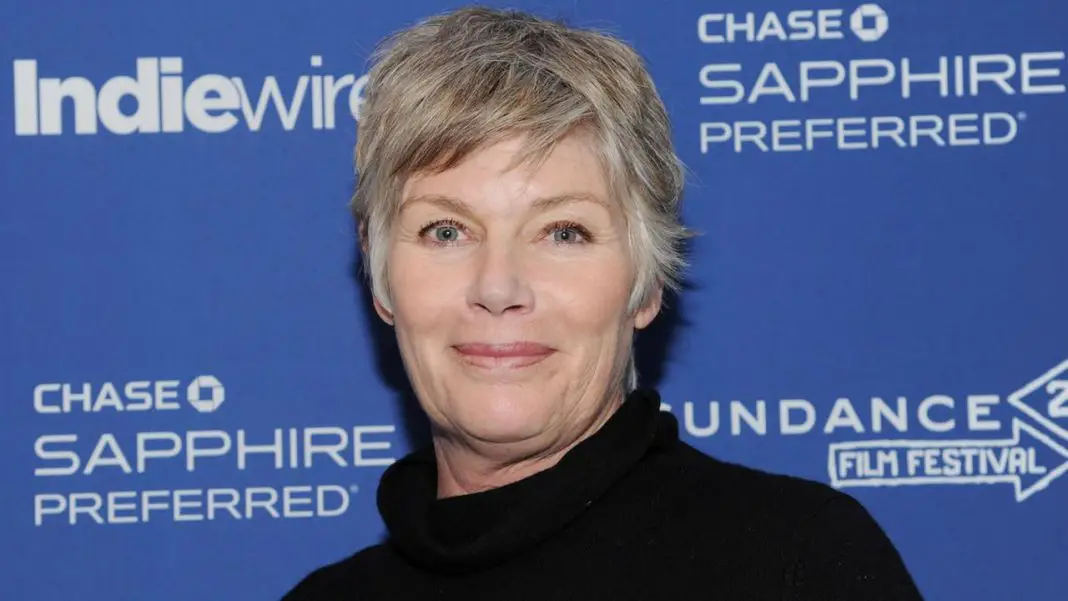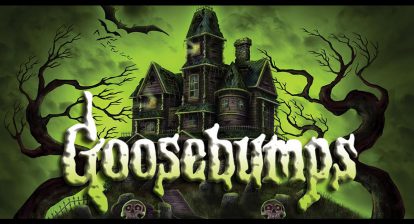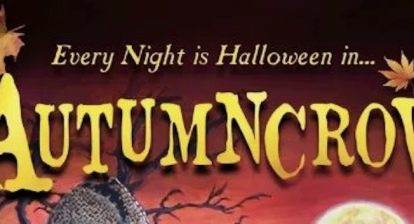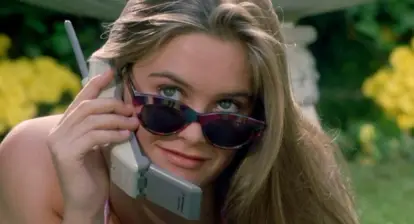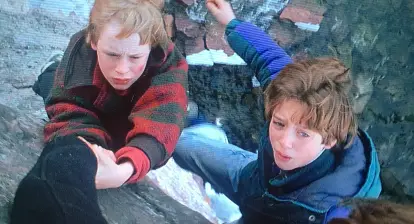In the name alone, Return of the Living Dead 3 sounds like a horror movie worth avoiding. Sure, Return of the Living Dead is a heralded cult classic, but how much room to grow is there in a franchise like this? For most people who saw Return of the Living Dead 2, it was more of the same. There was really no reason to expect anything different from a third installment. For that reason, it was ignored by most and that’s truly a shame. Unlike the 1980’s, there wasn’t a new zombie film in theaters every week in the ’90’s. The sub-genre had played itself out and it seemed like there was nowhere else to go, which made the fact that another Return of the Living Dead even got green lit all the more surprising.
Enter Brian Yuzna. By this point, Yuzna had already made a name for himself in independent horror and had proven himself more than capable of handling a non-traditional zombie movie. He had, after all, produced the first Re-Animator and directed the second. His body horror film Society was also a success. If anyone could breathe new life into the franchise, it would be him.
Yuzna wisely decided to take a different approach to Return of the Living Dead 3. He didn’t want to work the same off-beat zombie invasion comedy that had been played out in the first two features. Instead, he wanted to make a love story. This may sound ridiculous, and it is, but it works unbelievably well. The movie succeeds for completely different reasons than the first: It works because it plays it straight. That doesn’t mean there aren’t moments of black comedy peppered throughout but they’re far more subtle this time around.
The film is about two teenage lovers, Curt and Julie, who decide to run away when Curt learns that his military father is planning on uprooting again. What Curt doesn’t know is that his father is working on the top secret Trioxin project that created the zombies in the first two movies and is trying to find a way to weaponize them. Curt sneaks in and sees that the Trioxin formula works.
This is important after he and Julie get in a motorcycle accident and Julie is killed. Curt already knows of a way to bring her back and seemingly succeeds. Julie doesn’t look or act like a zombie. In most respects, she’s perfectly normal… until she starts getting hungry.
The most fascinating thing about Return of the Living Dead 3 is that the entire film is an inverse of a single line in the original. In the first feature, one of the zombies remarks that hunger makes the pain of being dead go away. So this movie examines a newly made zombie trying to cling onto her former life, and realizes that pain can make the hunger go away.
Julie’s transformation is horrific and gorgeous all at the same time. The hungrier she gets, the more pain she has to inflict on herself. This is the driving force of the film and it is an element that makes it as much a body modification picture as it is a zombie movie.
In fact, I would go so far as to say that Return of the Living Dead 3 stands beside Hellraiser as a cornerstone of body-mod cinema. Julie’s finalized form bears many similarities to the Cenobites, yet is still completely something a zombie would turn themselves into. That’s what makes the design so interesting. It’s not just artistic expression, it is tied directly to her hunger as well.
Many of the changes she made were for simplifying the procurement of food. She has a rock on a string tied through one hand and a spike driven through the other. Both are done in order to bash open and drive through skulls in order to get at the brain underneath.
The body modification elements of Return of the Living Dead 3 do not clash with the previous films, either, particularly the first. The original Return of the Living Dead was about the outcasts of its generation, it was counter-culture to the extreme. This film takes all of those principals and updates them to the 1990’s. Piercings had only grown in popularity. Tattoos and earrings only went so far as a form of expression.
In the 1990’s people had truly begun to transform themselves completely in hopes of standing out, making a statement, or simply determining a new visual aesthetic. It was happening on a much more widespread scale than had been seen in the 1980’s. Brian Yuzna referred to this as the “modern primitive” movement and very much made Return of the Living Dead 3 to cater to that era.
On top of all of that, Return of the Living Dead 3 is simply exceptionally made for a low-budget sequel. There’s not a weak link in the cast. J. Trevor Edmund is heartfelt and genuine as Curt, Melinda Clarke is incredible as Julie. Her acting transforms as her character does. She starts out a rebellious punk that would have been right at home in the original film, then becomes frightened, tragic and deeply sad after she is turned and finally emerges on the other side as a self-accepted monster.
If you’re ignoring this film because of the 3 in its title, you’re not doing yourself any favors. If you think it’s simply another rehash of the original, think again. If you think it’s too different, even that may surprise you. Whatever your reasons for leaving this one off your list, it’s worth a second look. Even if it’s one of the only zombie movies made in the 1990’s, it is nonetheless the perfect one for its decade.
